From challenge to market gap
A survey by AIA Vietnam shows that the cost of raising a child in the first year of life ranges from 36-58 million VND, of which clothing and accessories account for about 4-5 million. Although not a large amount, this cost is easily inflated by the "buy for sure" mentality of many parents.
Meanwhile, 67% of Vietnamese people admit to being under financial stress (Backbase Report 2021), showing that even small expenses like baby items need to be carefully calculated.

A common problem for many first-time parents is not knowing how much to buy. This confusion often leads to two scenarios: buying too much or buying too little and having to constantly replenish, both of which are time-consuming and costly.
Ms. Mai Anh (28 years old, Hanoi ), a bank employee who is a first-time mother, shared: "When preparing to give birth, I bought dozens of bodysuits of all kinds, thinking it was thoughtful, but there were some that I had to throw away before even wearing because my baby grew too fast."
Meanwhile, the baby clothing market is more emotional, focusing on cute images and eye-catching colors rather than meeting the actual needs of each stage of the baby's development. This gap forces parents to fend for themselves, lacking true companionship from the brand.
From the confusion and waste that many young families face, the baby clothing market is witnessing a clear shift. If in the past, baby clothes were often bought based on emotions, when they found them cute, when they saw eye-catching colors, they added them to the basket, now consumer habits have changed.
Millennials and Gen Z parents, accustomed to the digital environment and able to compare and weigh costs and benefits quickly, no longer stop at “dressing their children well”. What they care about more is practicality: whether the item is appropriate for their stage of development, how long it will last, and whether it will help save money when the child grows quickly.
Instead of buying dozens of sets of clothes and then wasting them, many parents are looking for a complete solution where clothes and accessories are arranged according to the age of each month. This trend not only helps parents to be less confused, but also opens up a new requirement for brands: not only selling products, but also providing peace of mind in the form of a more synchronized, scientific and economical solution.
Solutions for the first 0–9 months of life
The change in consumer habits of young parents opens up opportunities for “packaged solutions” models instead of retailing individual products. Responding to that need, HONEE introduced the Newborn Essentials collection as a “shopping itinerary” for parents in the first 0–9 months of life. The category is divided into three groups: basic clothing, matching accessories and newborn gift sets, helping parents limit the situation of buying too much or not enough.
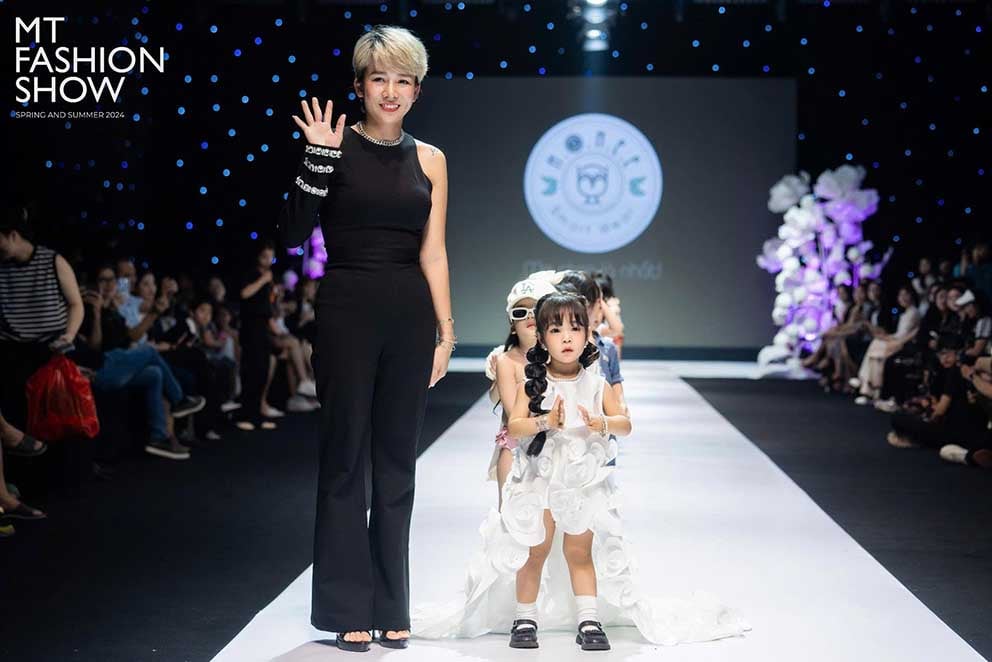


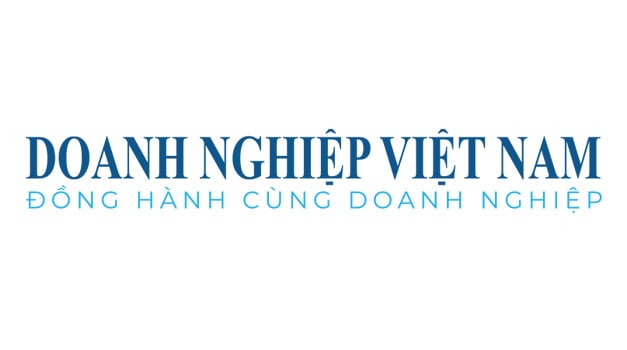
![[Photo] General Secretary To Lam attends the 80th Anniversary of the Cultural Sector's Traditional Day](https://vstatic.vietnam.vn/vietnam/resource/IMAGE/2025/8/23/7a88e6b58502490aa153adf8f0eec2b2)
![[Photo] Prime Minister Pham Minh Chinh chairs the meeting of the Government Party Committee Standing Committee](https://vstatic.vietnam.vn/vietnam/resource/IMAGE/2025/8/23/8e94aa3d26424d1ab1528c3e4bbacc45)

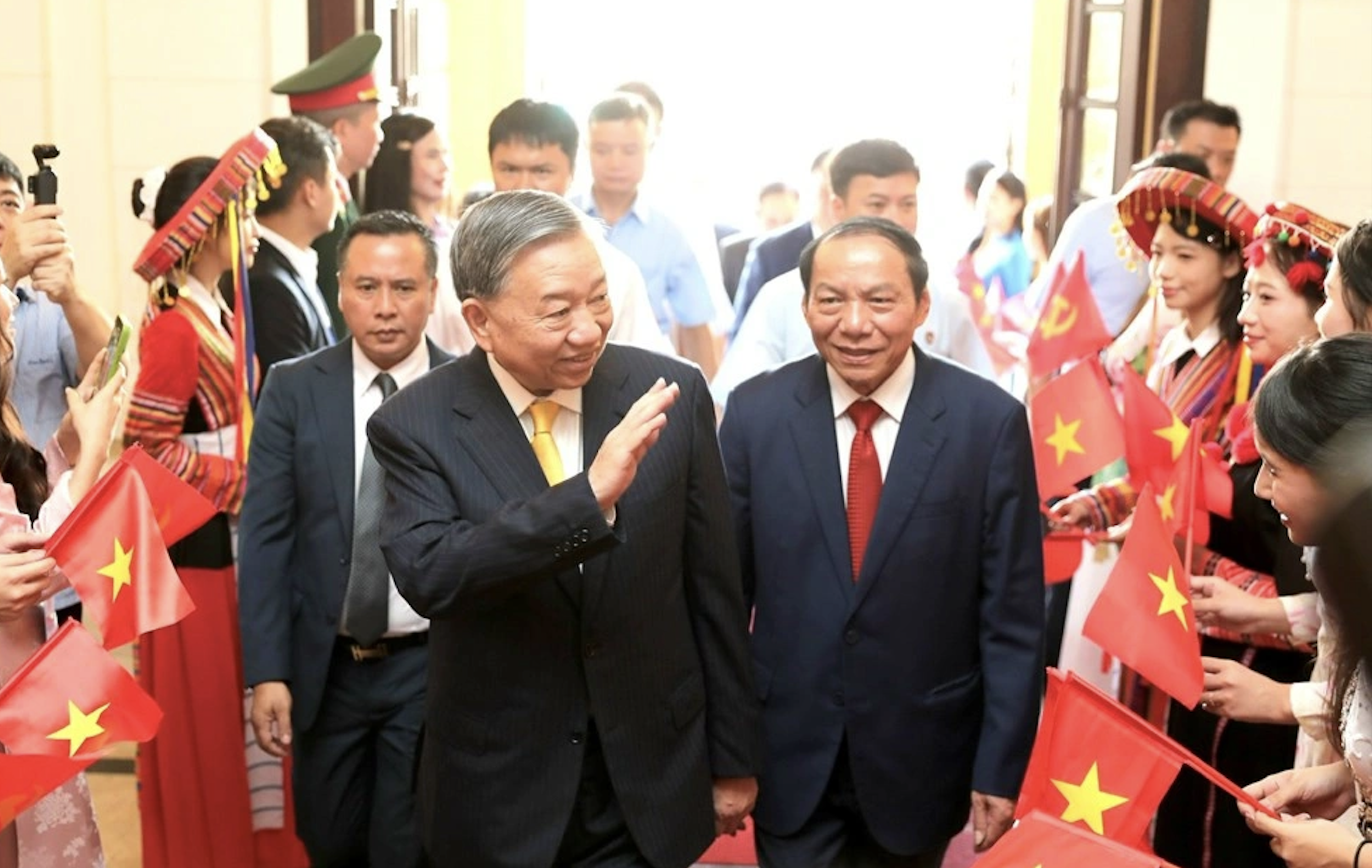



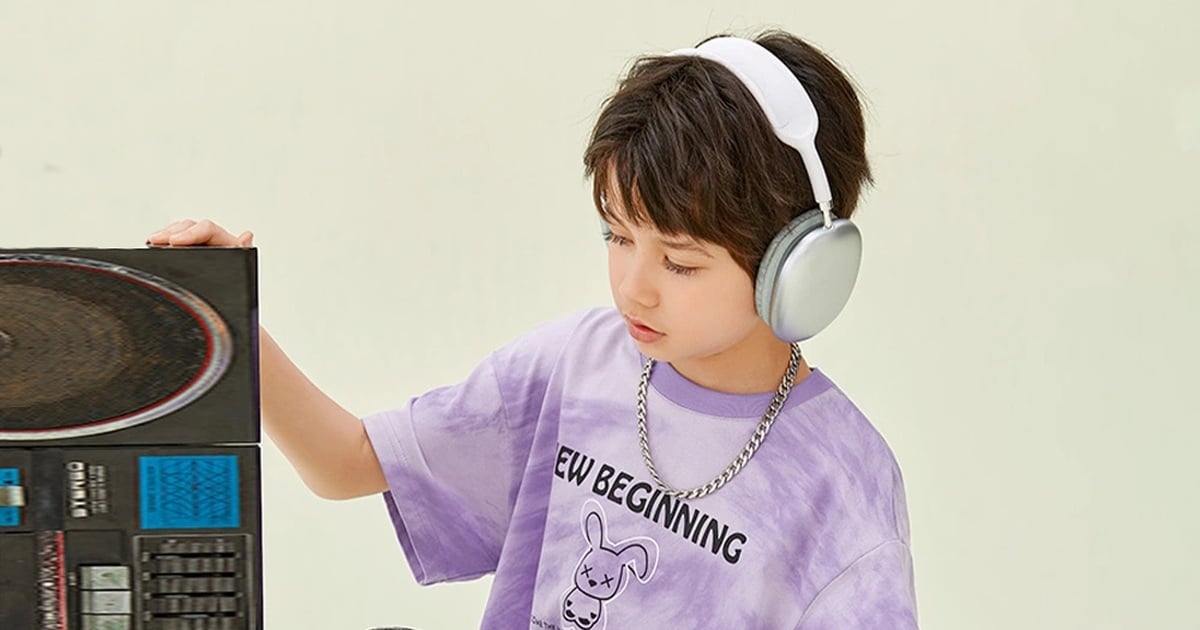

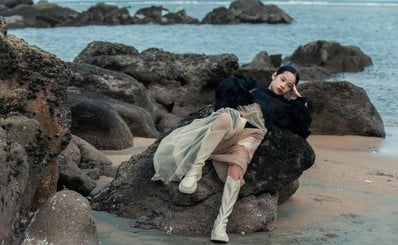



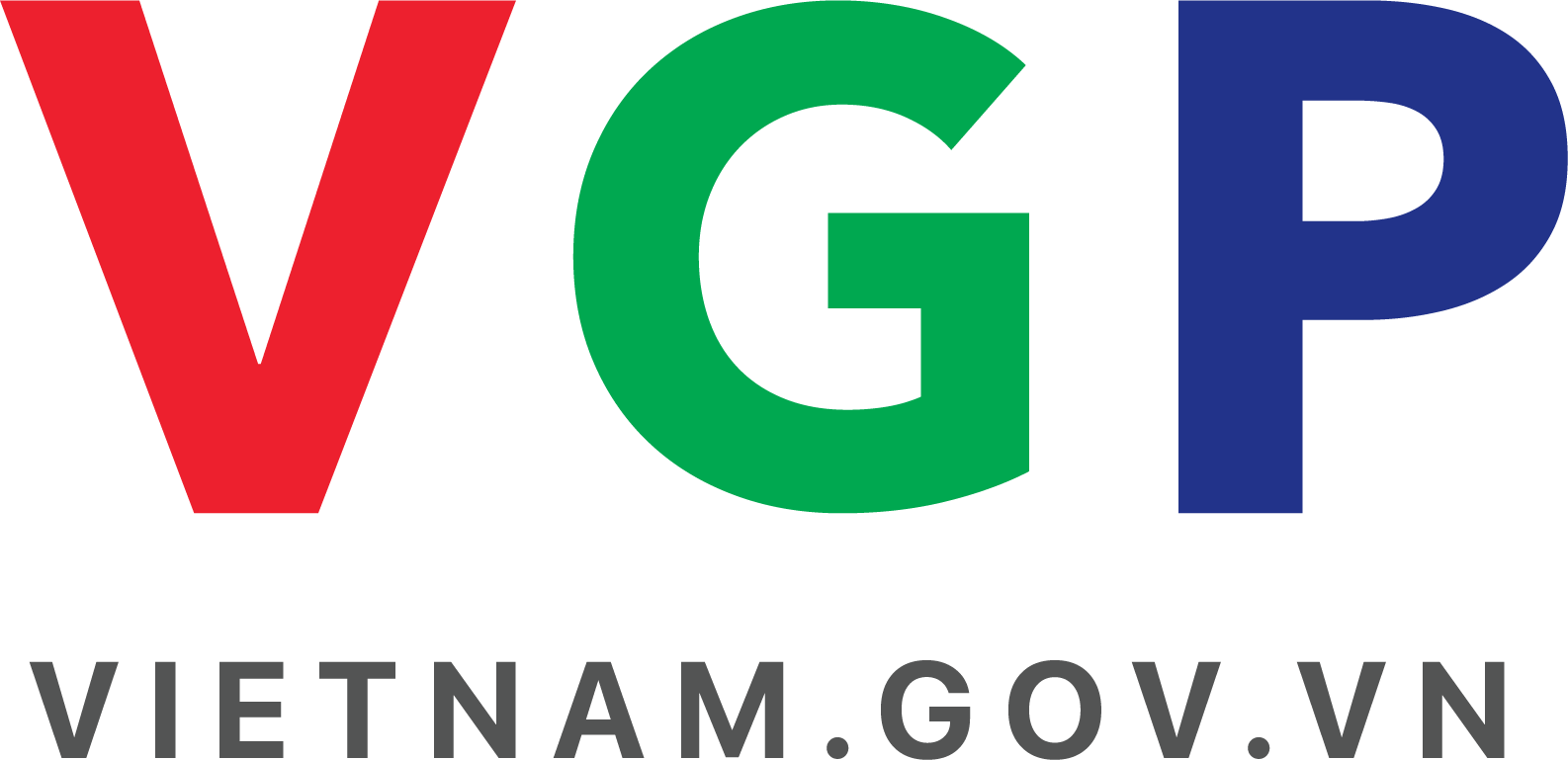
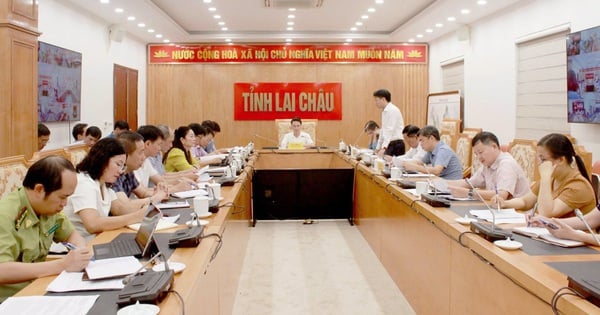
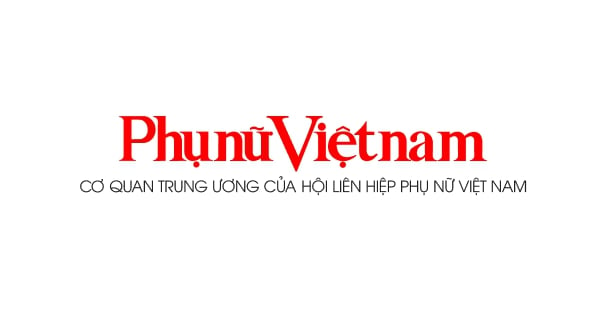



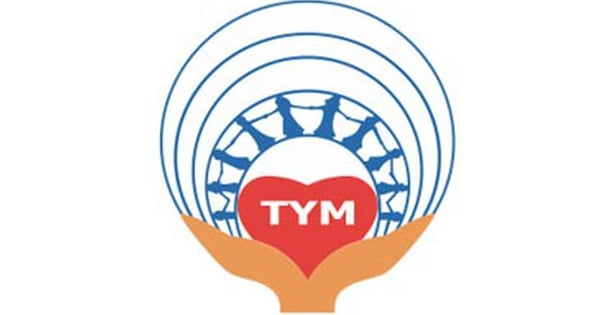





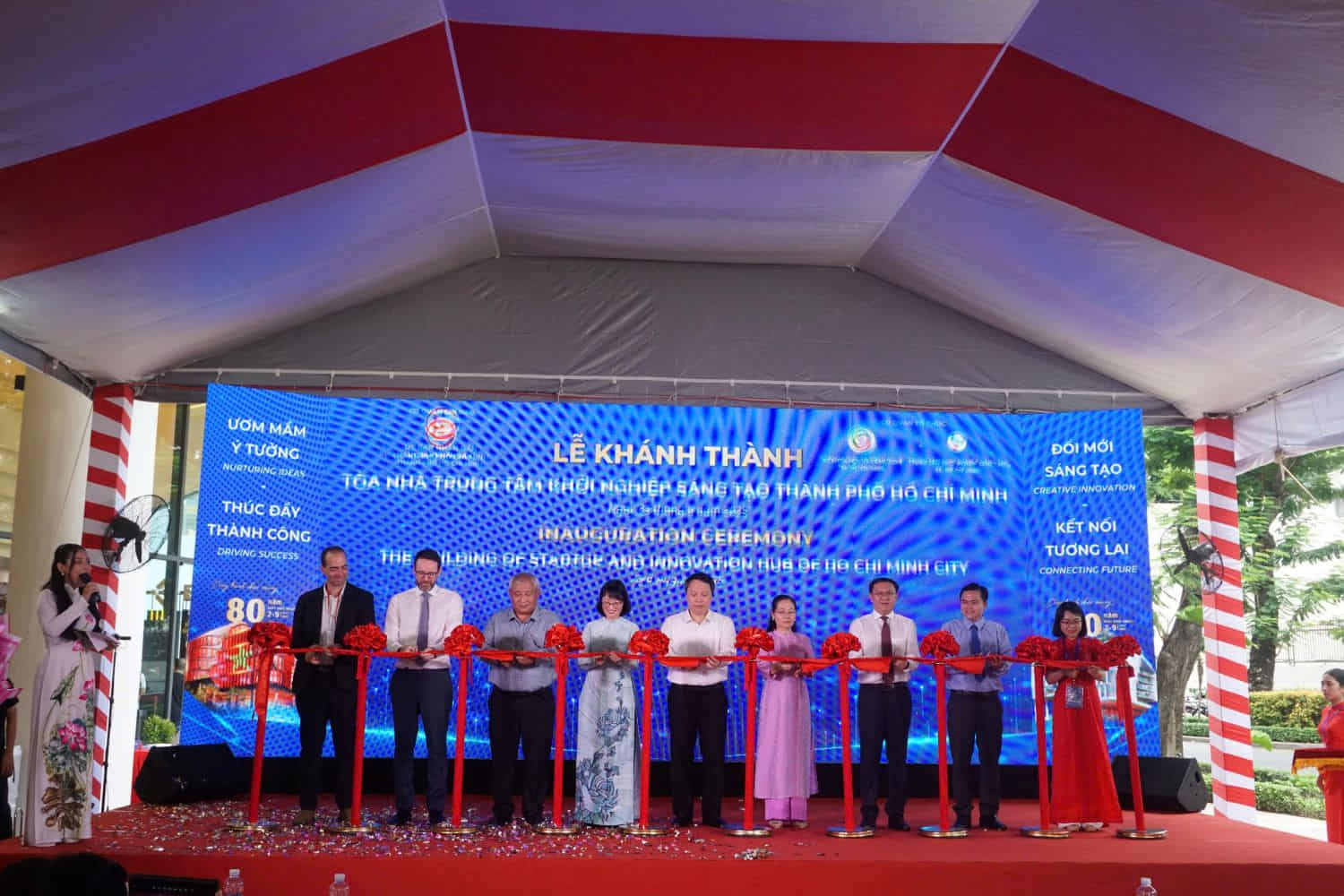
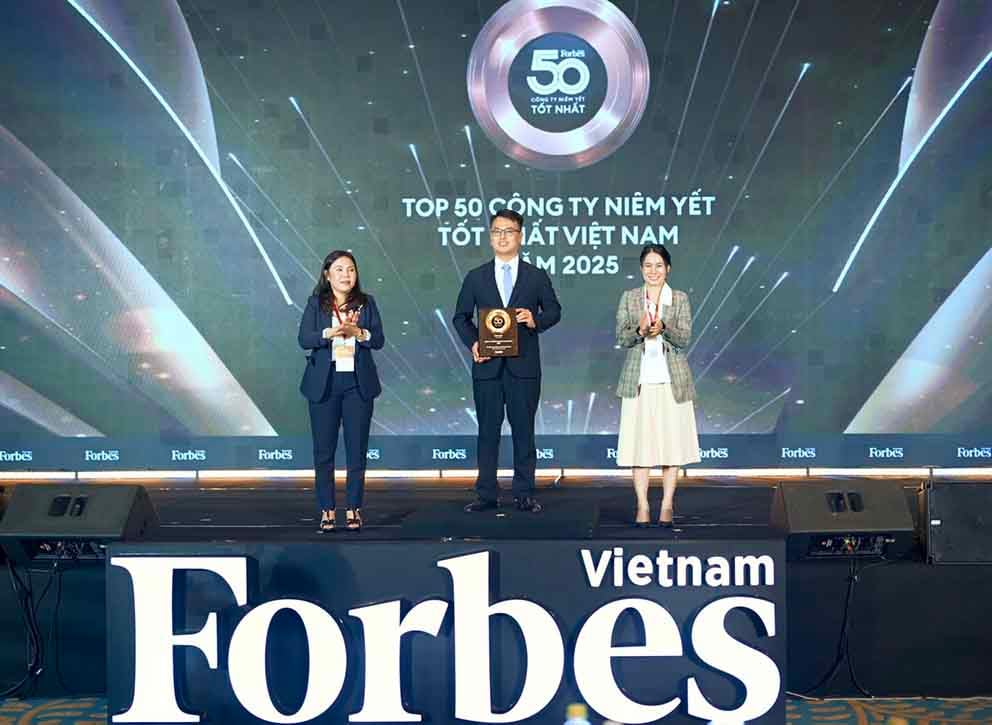
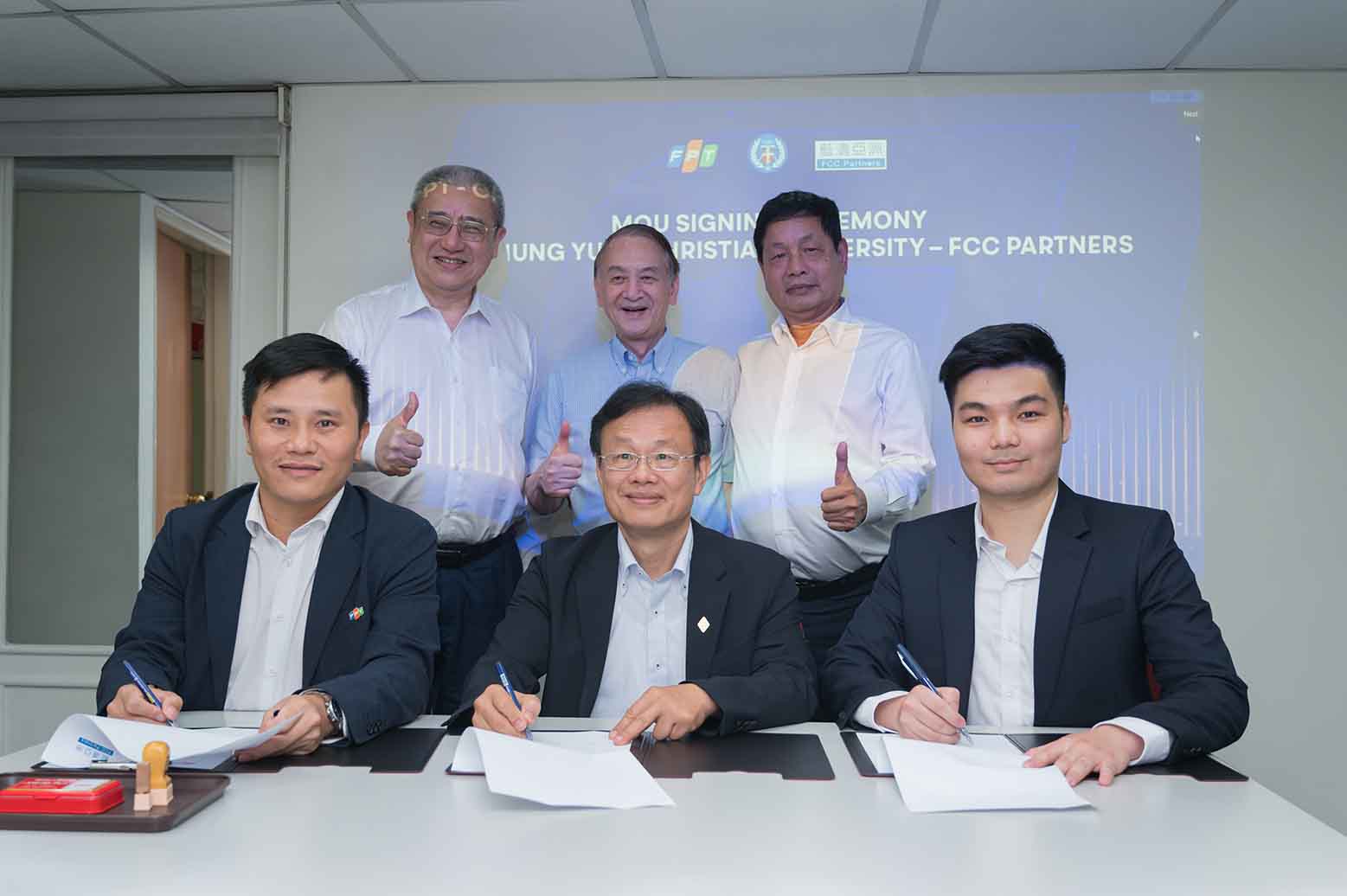
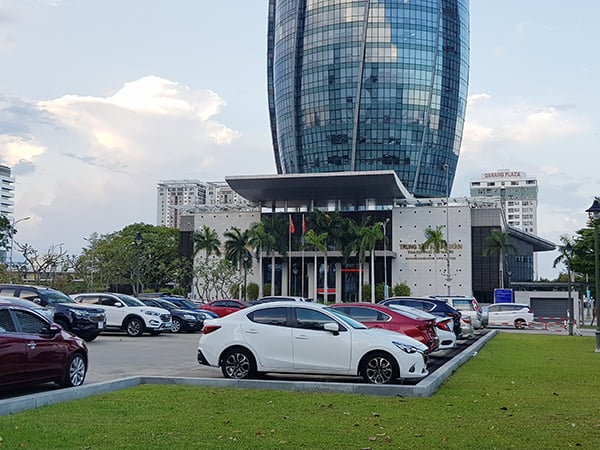
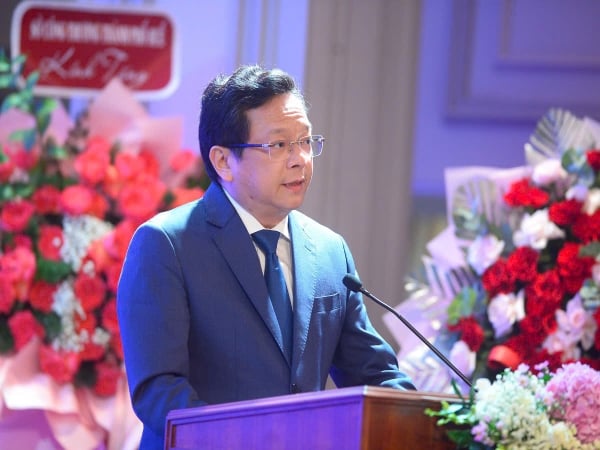






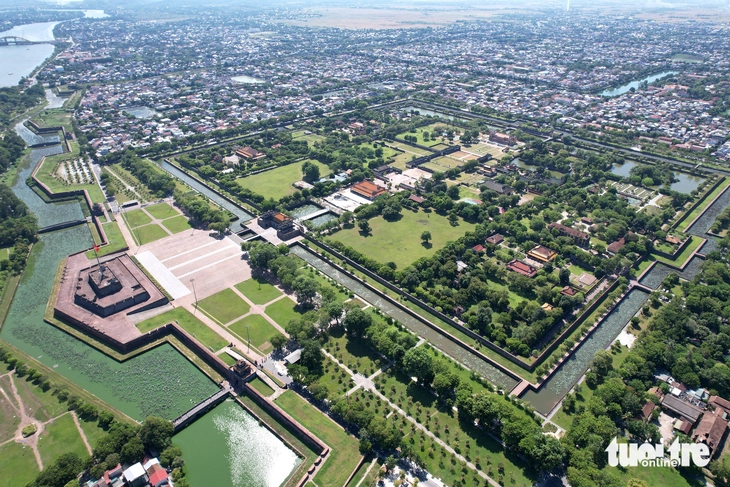


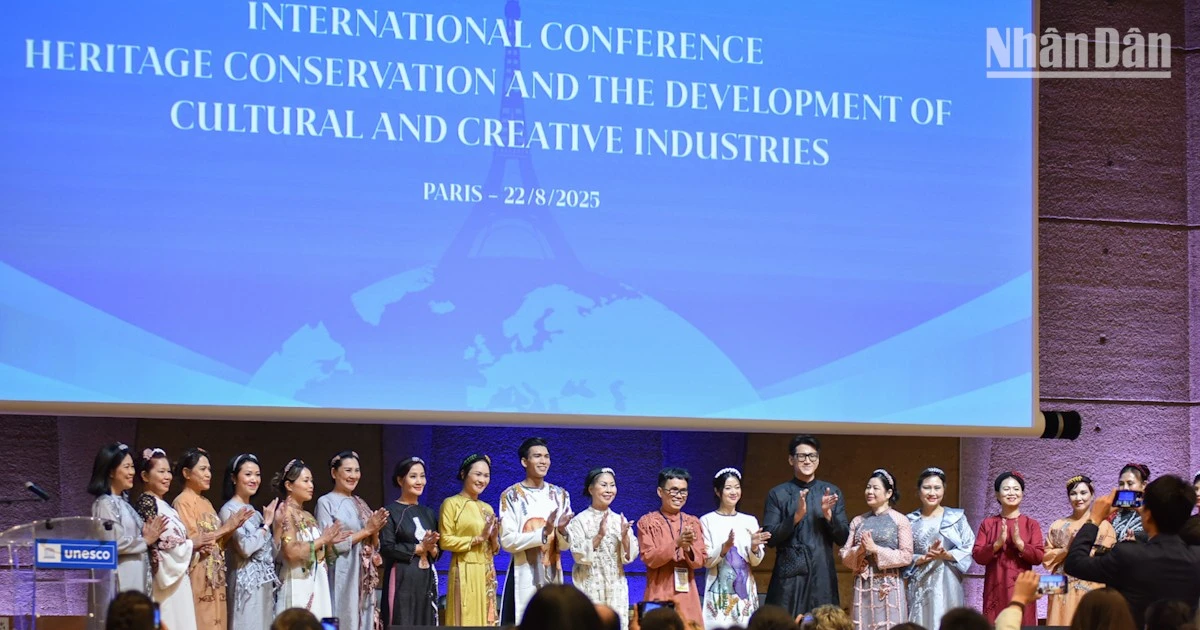
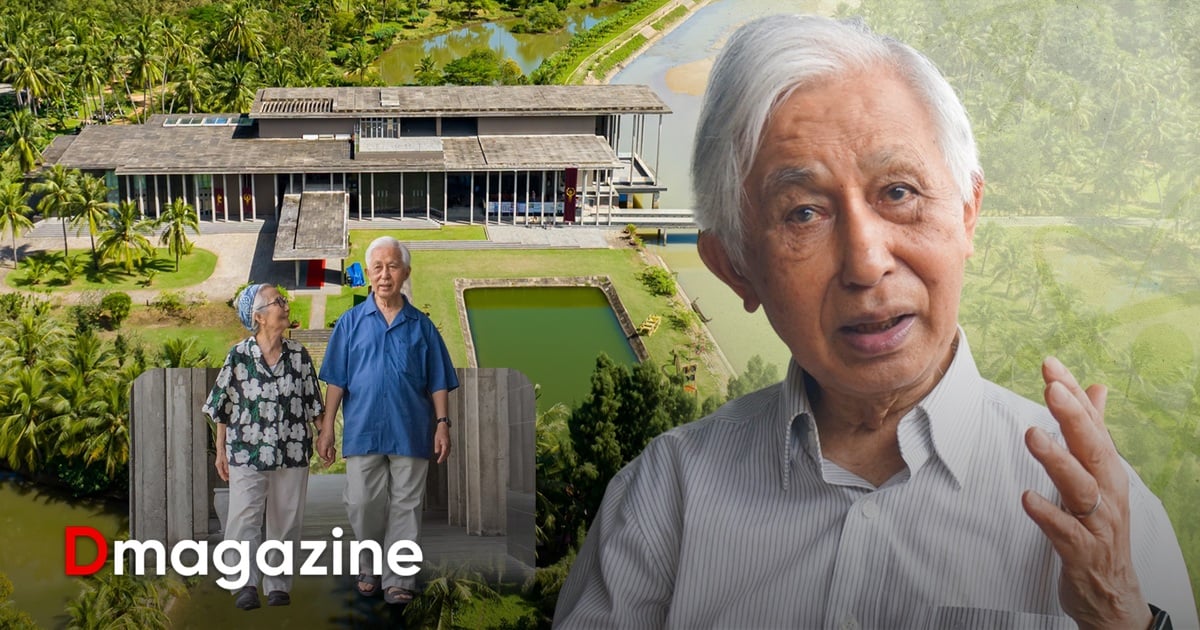


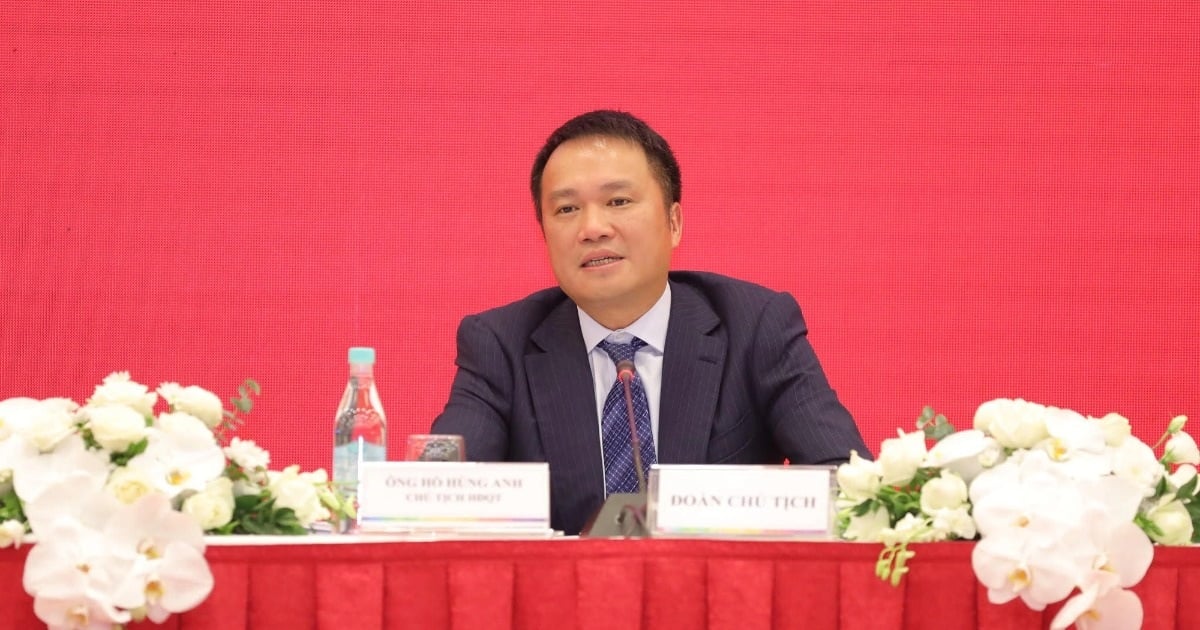
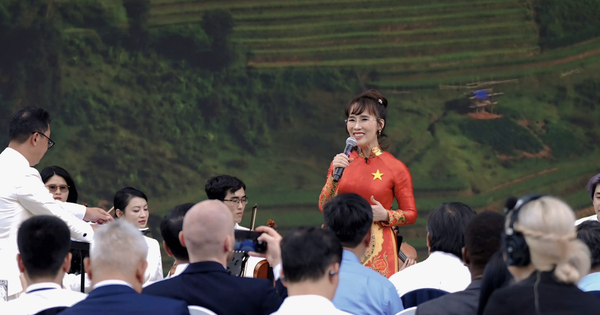
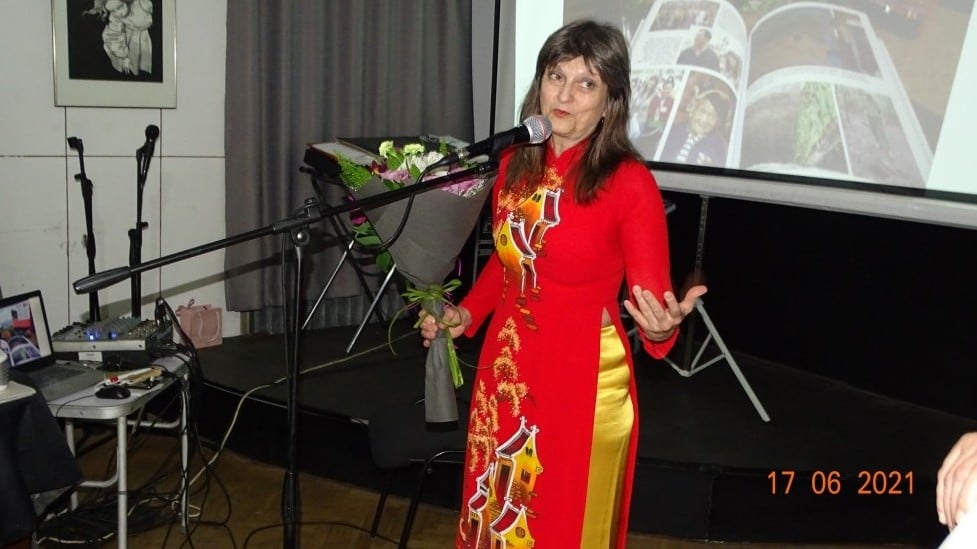






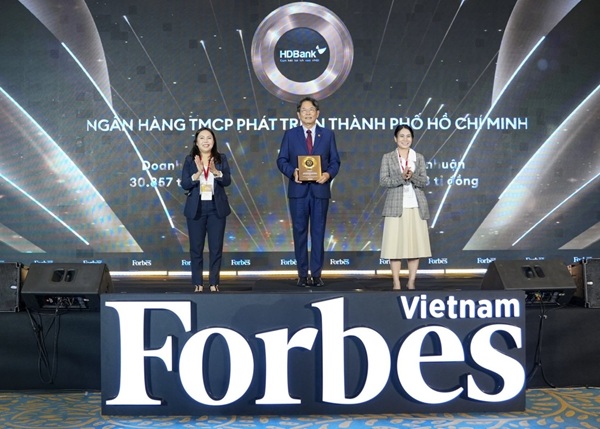


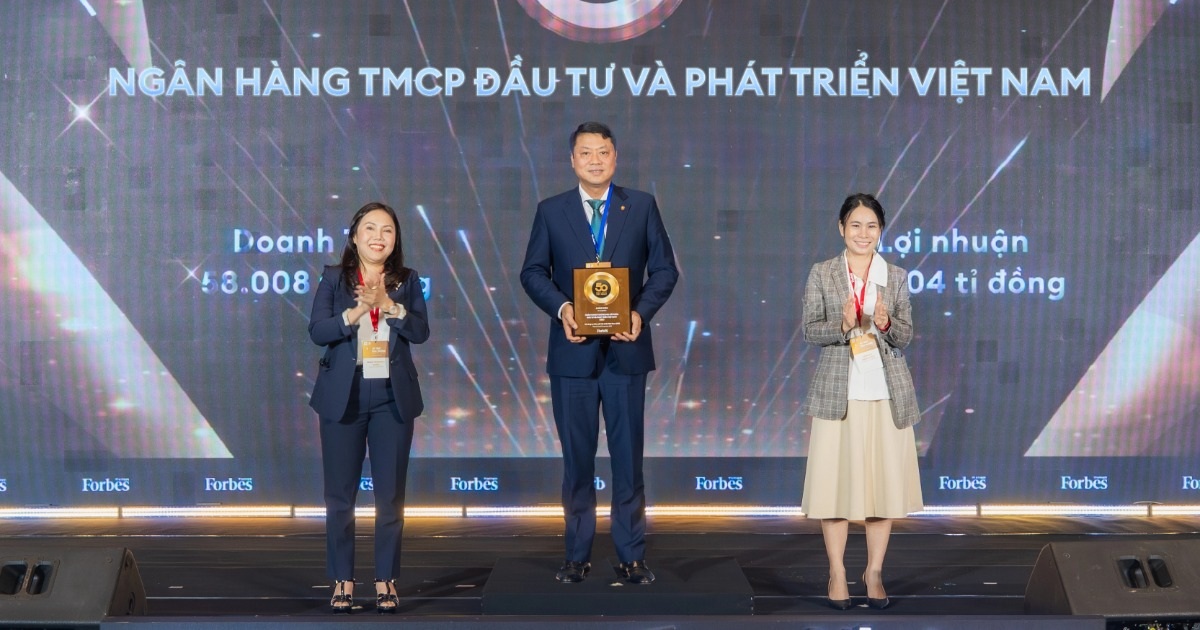






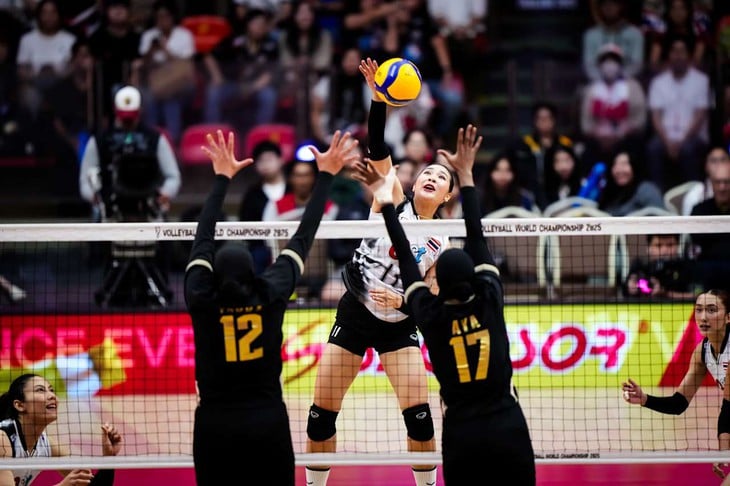



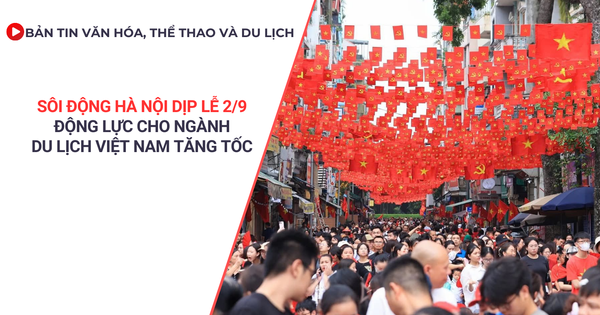

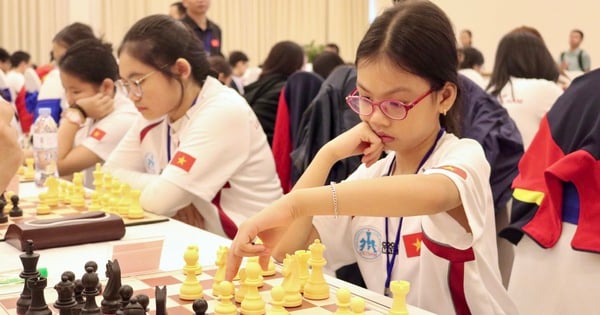
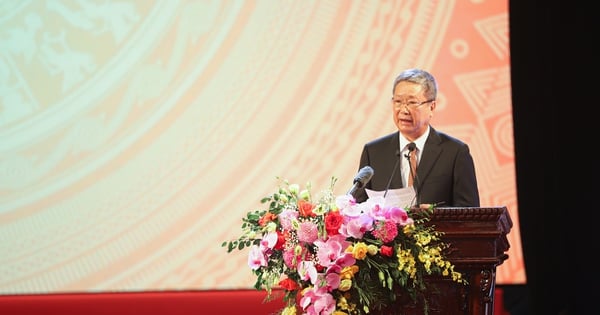







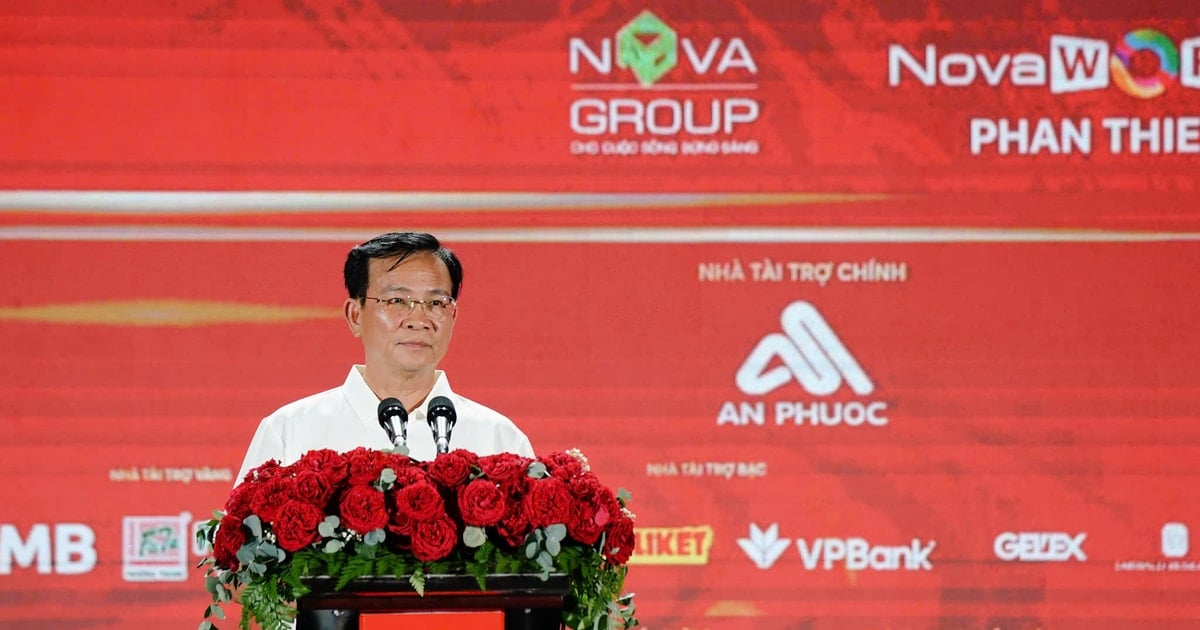





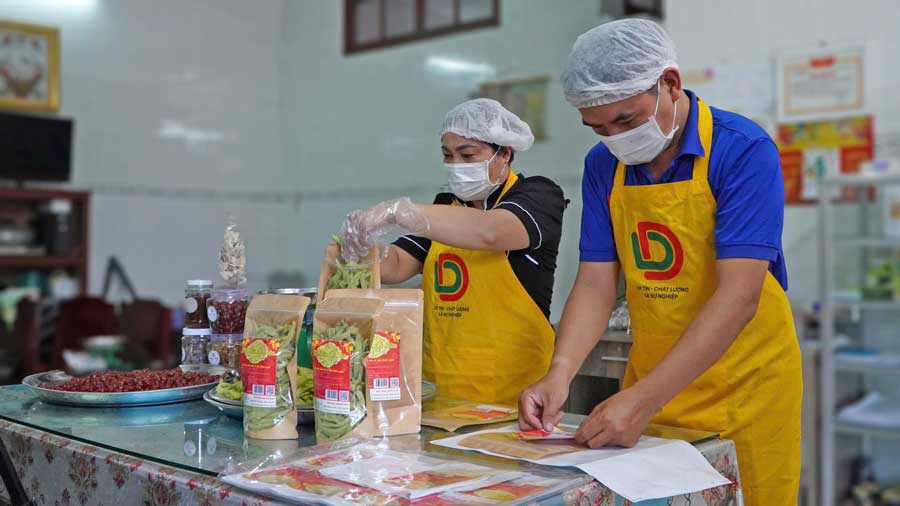

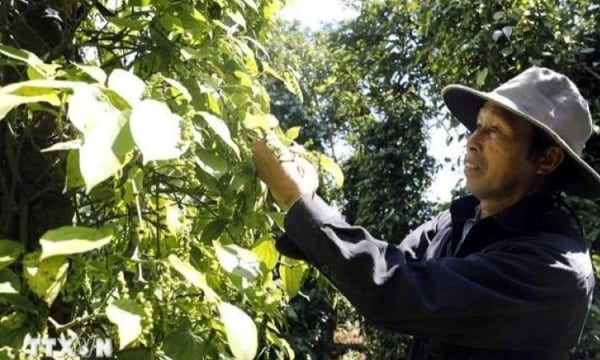
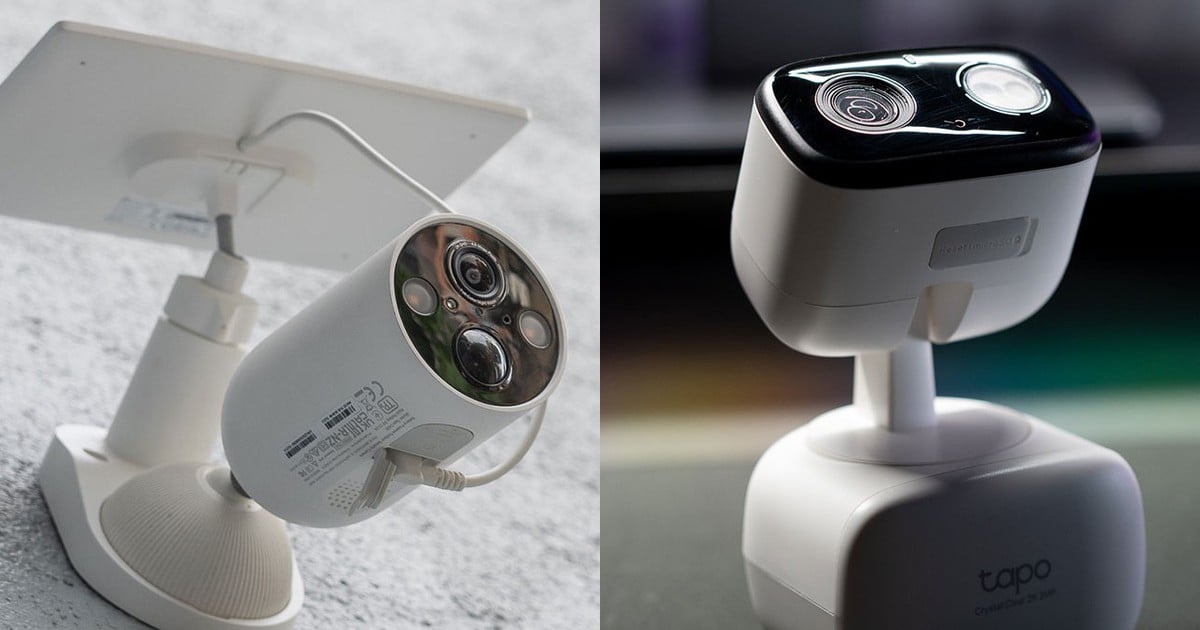

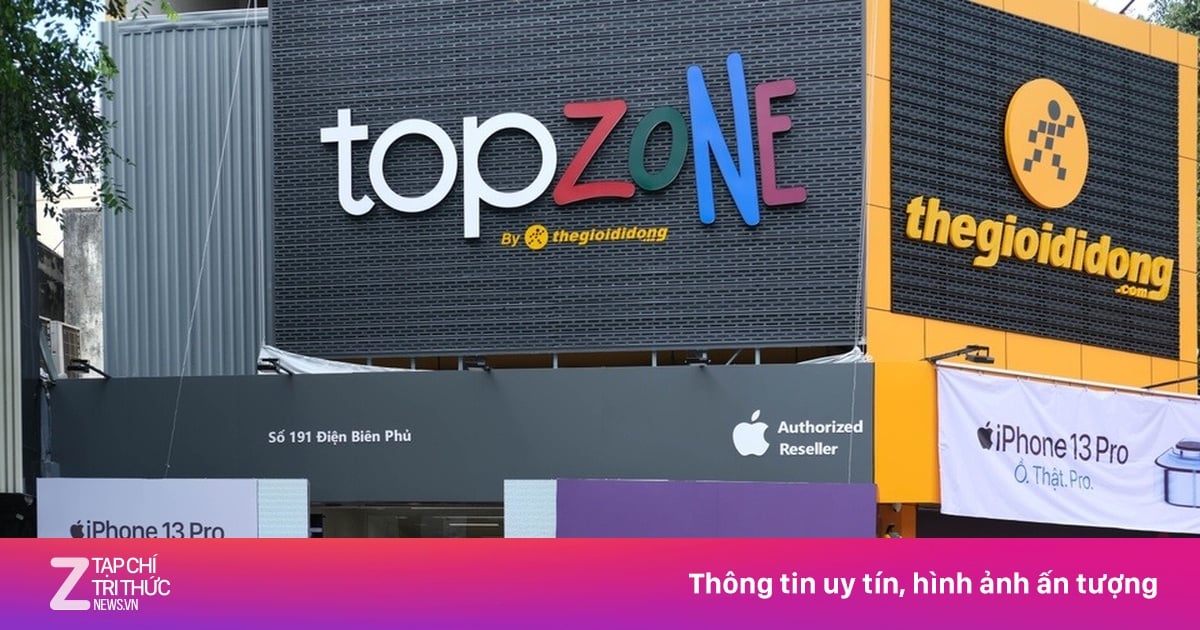






Comment (0)